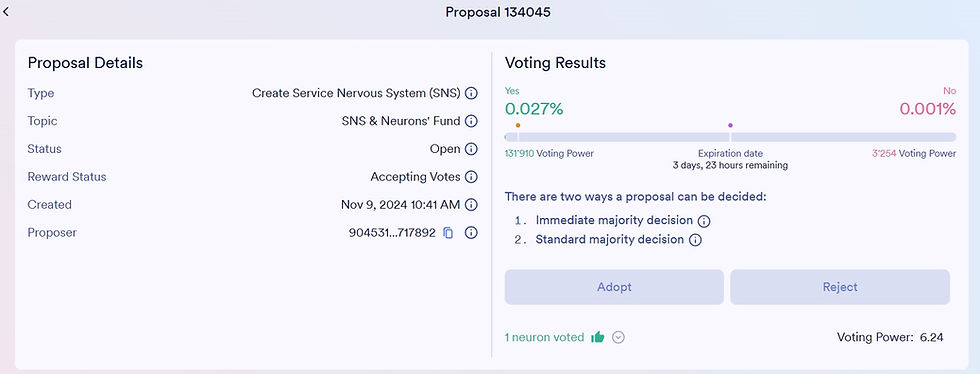Is Blockchain the Future of Security and Transparency?
- EKOKE
- May 9, 2024
- 2 min read

A blockchain network is a shared ledger system that consists of thousands of computers. On a blockchain network, data is stored cryptographically as blocks on multiple authoritative domains known as nodes. These nodes add new data to the network through a consensus mechanism. Let’s dive deeper into what a blockchain is and how it works.
What Is a Blockchain?
A blockchain is an immutable digital ledger that enables secure transactions across a peer-to-peer network. Here are the key points about blockchains:
Decentralization: Unlike traditional databases controlled by central authorities (such as banks or governments), blockchains operate in a decentralized manner. No single entity has control; instead, all users collectively retain control.
Data Structure: A blockchain stores data in blocks, which are linked together via cryptography. Each block contains a set of transactions or other relevant information.
Immutability: Once data is recorded on a blockchain, it becomes irreversible. This immutability ensures that historical records remain unchanged.
Consensus Mechanism: Blockchains use consensus mechanisms to validate and agree on the state of the ledger. Common consensus methods include Proof of Work (PoW) and Proof of Stake (PoS).
How Does a Blockchain Work?
Transaction Process:
When a user initiates a transaction (e.g., sending cryptocurrency) using their wallet, it starts a sequence of events.
The transaction information is collected and entered into a block.
Once the block is full, an encryption algorithm creates a unique hash (a hexadecimal number) for that block.
The hash is added to the next block’s header, creating a chain of linked blocks.
Decentralized Validation:
Nodes (computers) in the network validate transactions.
Consensus mechanisms ensure that all nodes agree on the validity of transactions.
Security and Trust:
Cryptography ensures the security of data within each block.
Trust is established through the network’s decentralized nature and the inability to alter historical records.
In summary, a blockchain network provides a transparent, secure, and tamper-resistant way to record and verify transactions without relying on intermediaries. It’s a powerful technology with applications beyond cryptocurrencies, including supply chain management, voting systems, and more. 🌐🔗




Comments